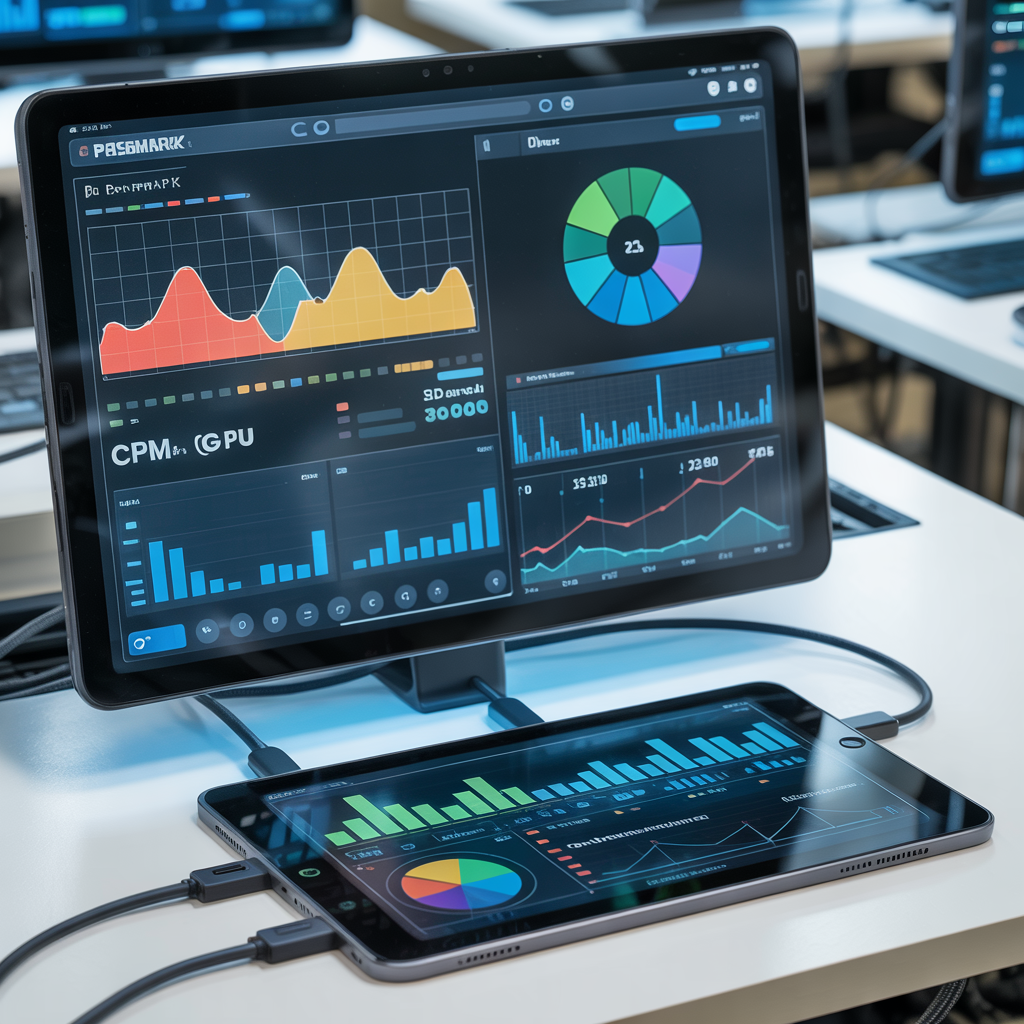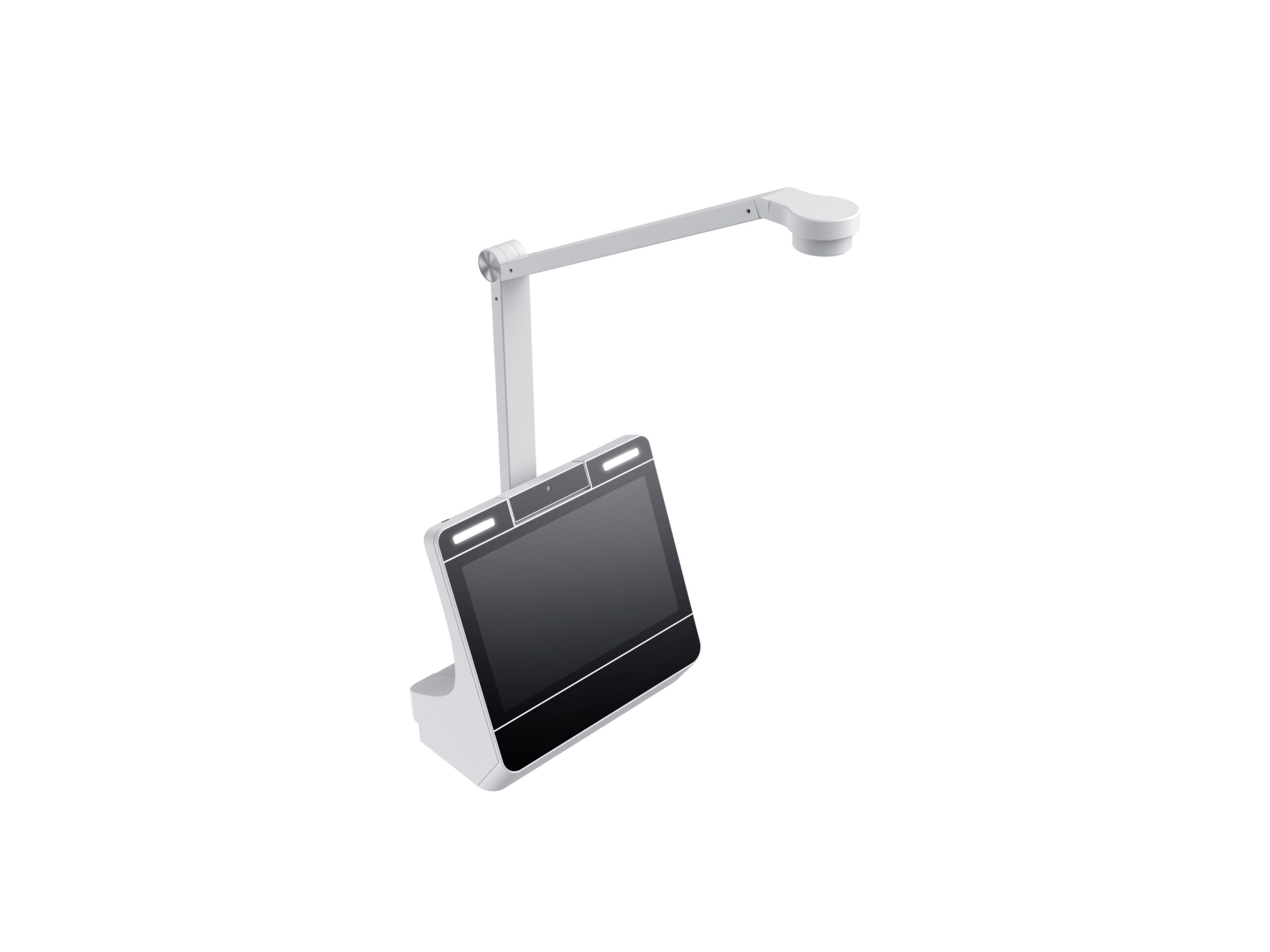This article provides broad and firsthand information about the certification process for FCC, CE, and similar certifications useful to anyone manufacturing Android hardware like tablets and phones. It includes the most relevant details you should know from before, during, and after the certification process. Note that Hatch handles certification for our clients that as part of our manufacturing service. Certification, prototyping, quality control, development are parts of a suite of services and Hatch is not structured to offer any as a standalone service.
Certification is a requirement for the product to sell
Certifications are a necessary consideration when developing a custom Android device because most countries require electronics to operate within specified radio emission parameters that the certifications test for. The standards are in place to ensure user safety and avoid interference between multiple devices. For example, if someone’s hearing aid encounters interference from their TV because at least one of these devices doesn’t conform to the certification standards, the hearing aid may produce unpleasant noises when the TV is on.
In addition to the fundamental reasons that certifications exist, (mentioned above) certification is a requirement for the product to sell. In most countries trying to import uncertified products can result in a delay at customs, confiscation, a fine, not being allowed to sell the product, or require costly reworking. By most countries, I mean all developed countries and most developing countries, although some countries may not have any certification requirements. For specific details of which countries have certification requirements and what certification is required contact a local customs broker, relevant government body, or maybe even Google or Wikipedia. This article covers the process around getting certified, not specifically which certifications are required by which countries.
To get a product FCC or CE certified
To get a product FCC or CE certified an accredited testing lab must validate that the product meets the certification standards. Accredited testing labs get permission from the organization responsible for dictating the standards (such as FCC) to perform the testing on behalf of the organization (such as FCC). The certification organizations don’t do any testing themselves. Accredited testing labs know exactly what to test for each certification. Usually, testing labs can test for many different certifications, not just one, so if a product needs multiple certifications there are many labs that can offer one-stop service.
To start the certification process labs require 6-8 samples of the final product, schematics, PCB layout, instruction manual, and all accessories. Some certifications or standard tests call for destructive testing to check the strength or reliability of a device. For example, if a lab is testing for an IP rating then the device will get submerged in water or exposed to high wind. Abusive testing generally results in damaging or breaking the device during testing.
The testing labs charges
If your device ever receives complaints or gets randomly selected for follow up testing, which could happen months or years after the original testing, the lab will request to receive new devices to confirm they meet the same standards as the original 6-8 samples. The testing process takes 2-4 weeks for FCC or CE testing of most electronic devices, depending on the complexity of the device. For example, an Android phone device may take longer than an Android wi-fi tablet device because the phone device has more wireless frequencies to check. If any of the testings fails that adds an unpredictable amount of time to identify and fix.
Testing labs charge different amounts for different certifications and for different products. The certification price is determined by the individual testing lab (some charge more others charge less), the number of tests the certification requires, and the complexity of the product.
For example
- RoHS, a European standard for harmful substances usually costs a few thousand dollars to check for certifying an Android phone and maybe a little more for a larger Android tablet.
- FCC and CE require more extensive tests so the price ranges from USD $5,000 to $20,000 for Android products, depending on what functionality they have.
- PTCRB, an American certification for mobile telecom devices, costs $50,000+. Discounts are usually possible if applying for similar certifications at the same time since some of the certification tests are redundant.
Using a testing lab near the product development
Many well-known testing labs have headquarters in the US or EU and a network of offices all over the world. Other labs are more regional. Since all the labs are supposed to test for the exact standards of each certification it shouldn’t matter where the testing gets done from the standpoint of reliability. Efficient communication between the labs and development engineers makes problem-solving much faster and easier to deal with.
For this reason, using a testing lab near the product development, where the people speak the same language and can meet if necessary, has definite advantages. Building a relationship with a testing lab may be advantageous when special help is needed. For example when a customer needs to ship (a small quantity of) product quickly, before testing finishes, some labs will issue a provisional certification ID to avoid problems at customs for not having certification yet. For this specific reason and other similar reasons developing a good relationship with a lab has advantages.
When Product Passes Certification
During the certification approval process, the labs test the sample products they’ve been given. Each test happens in a controlled environment. The main purpose of certifications like CE and FCC is to ensure the radiation and emissions of a product stay within the acceptable range. The labs Hatch works within China have a lot of experience testing Android devices, but having product-specific experience is not necessary for the testing process to go smoothly. After a product passes certification it will receive a certificate and sometimes an ID to identify the product in the database of the certificate organization. Not all certifications receive an ID or have an online database, FCC and UL are examples of certifications that issue product ID’s and have searchable online databases.
When tests fail
One surprise people may not realize about applying for certifications, especially the ones that test for emissions standards, is that the majority of these products fail the test the first time they are tested. After a recent product that we were especially careful about during development was sent to get certified and failed one of the tests the lab told us that almost no products pass certification testing on the first try.
Some failures are big and others are small, but either way, they must be resolved just the same. A failed test leads to a hidden cost of testing that most companies don’t know to budget for, nor can they accurately budget for. When a product fails a specific test someone needs to figure out why the product didn’t pass and also what to change in order to pass. Figuring out the specific cause of a failed test requires a skilled engineer to run tests on a lot of small components. Finding a solution then takes more time and not all solutions end up being feasible. Sometimes the solutions don’t work, or the solutions are too expensive to implement, so the process of fixing failed tests involves a lot of trial and error.
Next month’s article will talk about when’s the right time to apply for certification during the development process and other considerations to reduce risk when creating a new mass produced custom Android.
Subscribe to our Blog to get monthly insightful guides and valuable news for FREE about hardware development and manufacturing directly in your mailbox!



